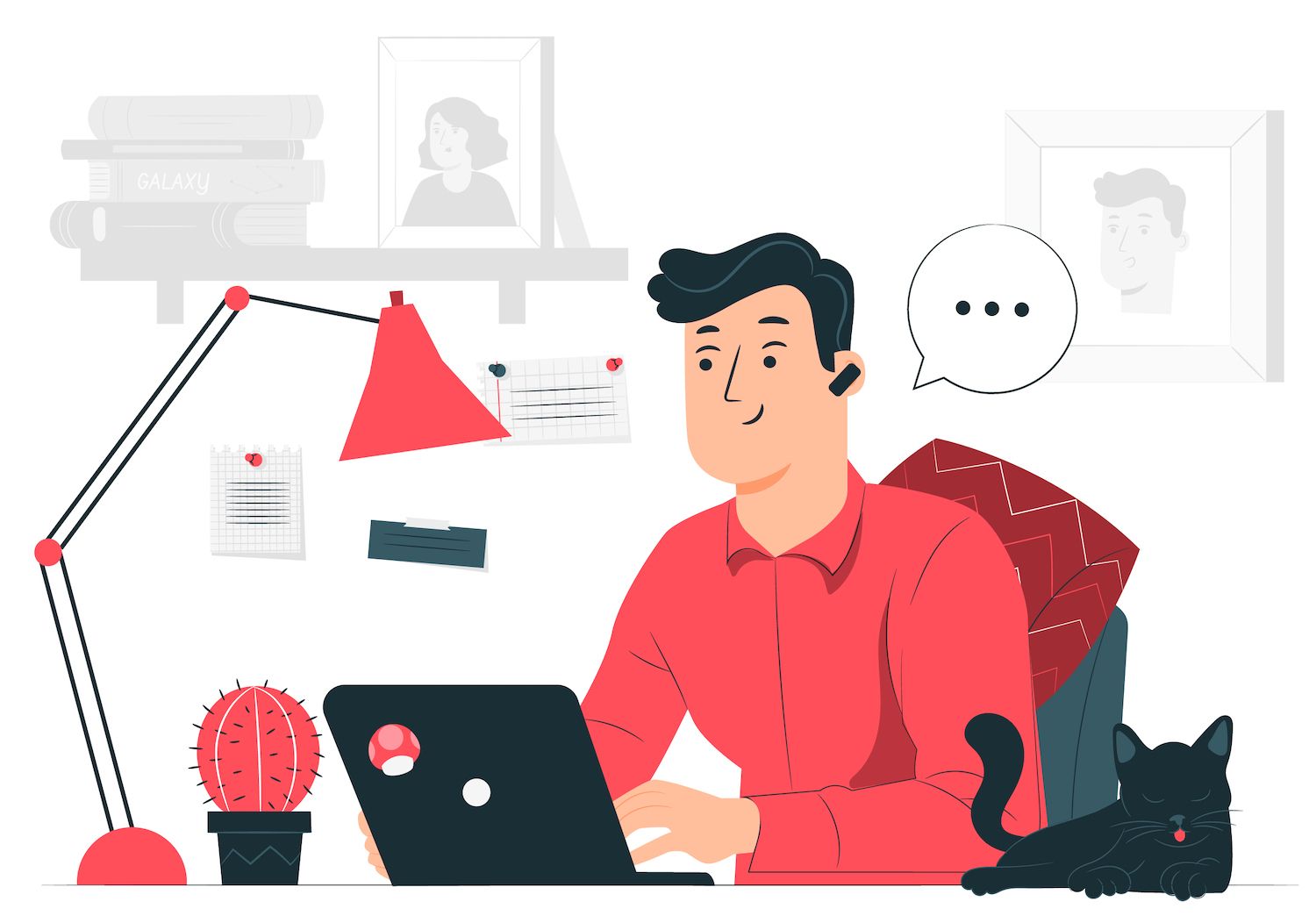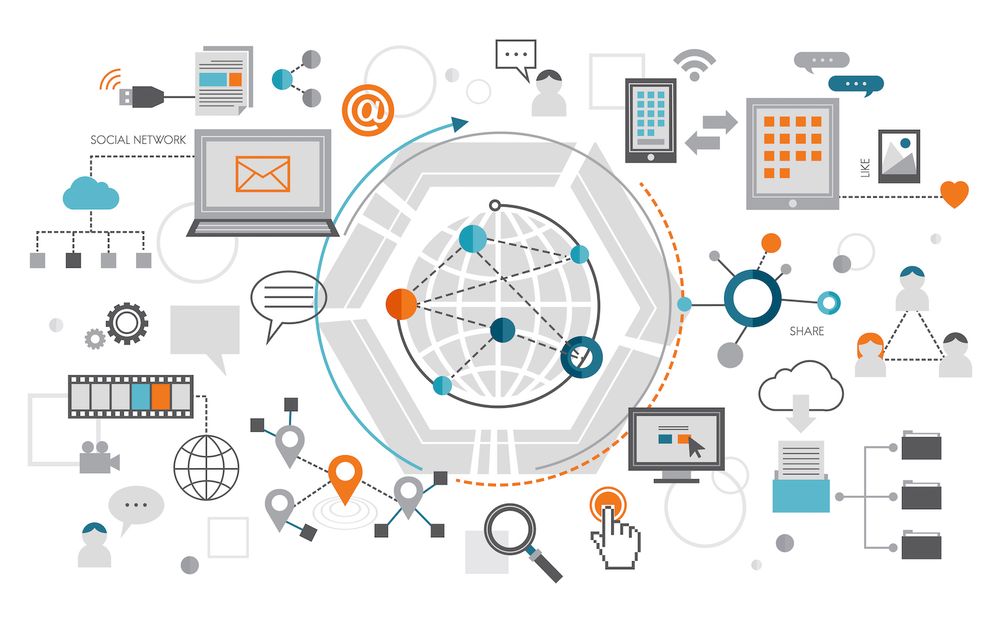7 Strategies to Personalize Automatic Mailings based on the actions of Subscribers
In the age of personalized marketing, a standard-fits-all method of marketing via email doesn't work today. E-commerce businesses and email marketers generally have plenty of information about customers but they don't always use this data to the fullest advantage. As more businesses utilizing email marketing, it's essential that, you, as an email marketing professional you come up with new strategies to keep your customers engaged.
Gone are the days when including the "first name" of the subscribers on emails was considered to be one of the most successful tactics to improve conversions. The ability to send subscribers relevant, timely emails that are pertinent to their needs is vital to keep them engaged with your company.
Personalization and automation, when used together, work wonders. A analysis shows that, according to Experian, brands that personalize promotional marketing emails experience 27% higher individual click rates, and 11percent higher open rates than those that don't personalize. Additionally, it states that triggered emails drive 624% higher conversion responses for the same number of emails as opposed to "batch blast" emails.
In order to create custom-designed campaigns for your online store emails, you need to use a couple of simple but sophisticated techniques to manage your email campaigns effectively.
Be Prepared to Answer the Questions You Should Ask
In order to send out automated emails, you need to gather data from your clients. An effective way to do this is to ask your customers to choose certain preference choices that will help you in segmenting the data. When the customers subscribe to your newsletters, you can question them about their reasons for selecting your emails. Your responses will provide information that can guide to sending more pertinent and more targeted messages.
Here is an example of an email from Marisa Murgatroyd, Founder of Live Your Message. In this email, she asks email recipients to complete a short survey, which will allow her to separate according to their preference and send them only emails that are relevant most relevant to them.

Build Customer Personas
Once you get responses from your customers, create personal profiles of customers out of the information you've gathered. In order to understand your clients and email subscribers better and gaining more personalized experiences for your customers. This can help provide your subscribers to your emails a better experience and a more targeted.
Take into account Time and Location
Check your email messages with respect to time and location in order for a better idea of what works for your needs. Certain times of day prove to be better for email delivery . Customers may be spread across the world in different times zones, so it's essential to provide all customers with the same service. Customers might respond better to your messages if they're sent out at a particular time in the day. Make sure you do A/B tests for your emails and find out the best moment when customers reach out to your emails and adjust your sending time accordingly.
7 types of automated Emails Triggered by Subscriber Behavior
Once you've collected enough data to divide your subscribers into segments and then create automated trigger emails based for particular segments and specific actions.
There are seven types of trigger emails can be sent to customers of yours:
1. Welcome Emails
These welcome emails help create a connection with your newly joining subscriber. The first email you send to confirm the signup. It will allow you to filter your list by asking your subscribers to share their preferences. The best approach is to run an sequence of welcome messages that include the initial one as a pure greeting note, introducing your services, the second one will ask about your subscribers preference, and then the next few emails about special offers and discounts on their future purchase.
Have a look at the example welcome email from Hootsuite. This email directs the user to start using their web-based tool. The email is the initial in the series of emails that are triggered. It will be sent out as soon as the customer opts in.

2. Abandoned Cart Emails
Emails about abandoned carts are those which are sent out to clients who added products to their cart but didn't go through with their purchase. By highlighting the items that have been abandoned, by offering discounts or free shipping to proceed to the checkout process is an excellent way to make them complete the purchase.
Check out this email from The Asics. They've highlighted one the abandoned products by putting it up on the main banner and showing the rest of the items on the cart below. They also have displayed products that are cross-sold, which increase the chances of the customer to revisit the website to make a purchase.

3. In Stock Emails
Back in stock emails are emails that you send to those who want to buy a particular product which was not in availability and have decided to get notified when the item is back in stock. Sending an email that notifies the customer about the availability of the item/s is an excellent method of bringing customers back on your site to purchase the item.
This email from Kauffmann the Mercantile is a good instance. This notice is a great tool and service to make your clients feel appreciated.

4. Price Drop Reminders
Price drop emails are sent to clients who have abandoned your store online or abandoned their cart probably because of the price of some products that there's no discount. If the items you previously looked at are offered at a reduced price, it is good to inform customers of the discount. It's a great chance to convince customers that were once interested in buying from you.
Check out the following example from the retailer Target and Target informs customers about the discounted new price of items in their shopping cart, along with other products that are recommended. This will convince the customer to buy the item.

5. Order Confirmation
Once customers check out and have placed an order, you must immediately send an order confirmation email to them. It will confirm the order as well as thanking them for having completed the transaction. This will help them recheck their purchase and adjust it if necessary. Also, include a receipt for payment and an order summary to keep your transaction in the public domain. Give them the option to keep track of their purchase and to provide feedback. Also, you can think about crossing-selling, or presenting similar products.
Here's an example of a confirmation email sent by Amazon. The purchase in question was an ebook. Note the way Amazon suggests similar books at the bottom of the email:

6. Order Following-up Emails
Once your customer places an order on your site You must deliver follow-up emails to customers who placed an order. Automate follow-up email messages that include relevant product recommendations along with related suggestions about products. The emails also contain information about tracking orders, an information about the purchase and order details.
Take a look at this email sent by Etsy which informs customers about the progress of the shipped order.

7. Re-engagement Emails
Re-engagement emails focus on rejuvenating your relationship with users and clients that haven't read your email or haven't purchased from you within a certain timeframe. Re-engagement emails that are effective can encourage visitors to visit your website. You can send a series of emails to win back your disinterested customers and draw buyers to your website. It is also possible to include deals and promotions to encourage users to visit your site to make a purchase.
Here is an example of an email re-engagement of Pinkberry, offering their subscribers a complimentary yogurt when they go to any Pinkberry store within seven days of:

Automated emails are most efficient when they're personalized
Hyper-personalization is what will keep your email subscribers interested in your business. When you next plan for your emails ensure that you not just add their names in the emails. Making personalized emails that are that are based on the subscribers' interests and behaviors is the key to ensuring your automated email campaigns work efficiently.
Kevin George is the Head of Marketing for EmailMonks, one of the fastest-growing email design and coding companies which specializes in creating elegant email templates including conversion of PSD files to HTML email conversion, and Free HTML template for email. He loves sharing his knowledge and opinions regarding email marketing techniques and top practices in his blog about email marketing.
